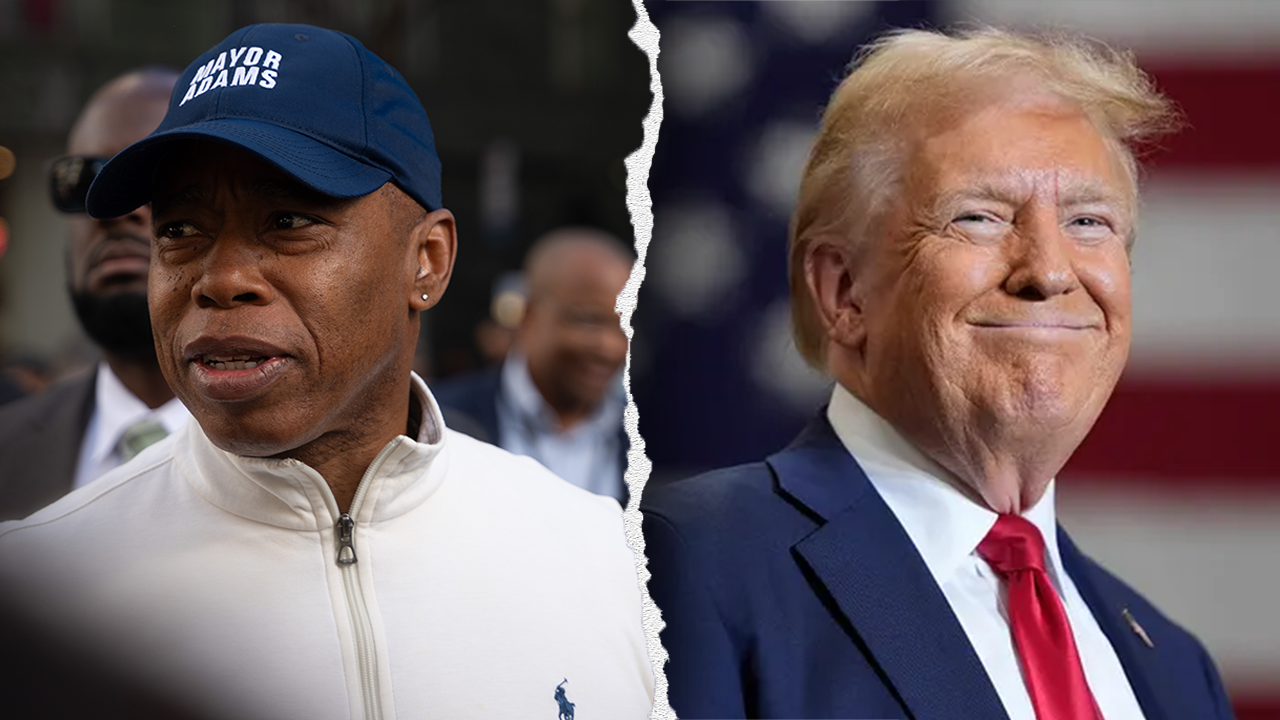The end of the year is drawing near and the latest Fed rate event appears to have shaped the direction of markets heading into year-end 2022 and early 2023. The Fed raised interest rates in the expected 0.50%, but indicated that monetary policy tightening will continue well into 2023, where the Fed expects to raise rates at a slower pace and with smaller increases. Markets had expected looser monetary policy going forward as headline inflation had already shown signs of cooling, but expectations of easing faded after the Fed made it clear that the end of 2022 did not mark the end of its tight monetary policy, but rather the end of “phase 1”. Entering “phase 2,” the Fed mentioned that by the end of 2023, it will likely raise the key rate by an additional cumulative 0.75%, meaning the terminal rate will now exceed previous expectations by 5%.
Historically, 2022, or “phase 1” of the Fed’s tightening, saw the key rate jump a total of 4.5%. This unprecedented total increase represents the largest one-year increase in more than two decades. Entering 2023, or “phase 2”, slower and smaller rate increases are expected within a tight and restrictive monetary policy environment. That is what appears to be the critical factor shaping markets heading towards the end of 2022 and the beginning of 2023. An extension of tight monetary policy conditions, less liquidity, higher interest rates and the uncertainty about when the Fed might eventually reverse course after 2023 ends as well.
S&P 500 Performance
The widely followed index was in a sharp upward correction ahead of the last Fed event in December on expectations that the Fed might slow and ease monetary policy as inflation had already peaked and started to cool. . Shortly after the event, the index fell in the direction of the larger downtrend that began in December 2021, sending it plunging 23.5% from its all-time highs and officially into bear market mode after breaching the threshold. 20% Overall, the S&P 500 is now heading towards the end of 2022 with a year-to-date return close to -20%, as can be seen in the screenshot below, obtained from IQ Option’s trading platform.
S&P 500 in downtrend, image obtained from the IQ Option trading platform
Whats Next?
Going forward, with regard to the performance of the S&P 500, much will depend on the state of the US economy in 2023, which is still showing signs of resilience, despite a year of above-normal inflation and record rate hikes. Federal Reserve interest. The US dollar gained tremendous momentum in 2022 due to a number of factors, including geopolitical risks and Federal Reserve policy, which made it a safe haven asset and an attractive destination for investors. However, this strength threatened the earnings of S&P 500 companies like Apple, Tesla, Amazon, etc. And at a time when borrowing costs and costs in general began to rise due to inflation and the Federal Reserve’s fight against inflation, many technology companies turned to temporary payroll reductions to protect the gains from rising costs and slower revenue growth.
Despite all this, and the use of “recession” warnings by many economists and analysts, the US dollar began to weaken falling as much as 9.18% against all major currencies during the last 3 months of 2022, while most officials now expect interest rates to rise, reaching between 5.1% and 5.25% in 2023 and GDP growth reaching 0.50% by 2023. Meanwhile, “labor” employment remains strong and one of the brightest spots in the US economy. Strong employment could support consumption in 2023, which could support equity returns, albeit in a more modest fashion due to higher than normal inflation and high borrowing costs. Inflation has gradually shown signs of slowing as oil prices fell as much as 44% from record highs in 2022. A large part of global inflation has been attributed to high energy costs and geopolitical risk has only worsened the problem. Therefore, much will depend on the overall state of the economy, the strength of the dollar, the actions and expectations of the Federal Reserve, and the state of geopolitical risks.
There is a stock market statistic about the January effect that states that, on average, if January is a positive month for stocks, then the probability that the entire year will be positive for stocks increases. Time will tell us.
“This is for informational purposes only and should not be considered as personal and/or investment advice and/or an incentive to continue trading. The Company does not guarantee the accuracy, validity, timeliness or completeness of any information or data available and does not assume any responsibility for any loss arising from any investment based on the content of this material.
– Written by Luis Hernández, market analyst at IQ Option.
hartford car insurance shop car insurance best car insurance quotes best online car insurance get auto insurance quotes auto insurance quotes most affordable car insurance car insurance providers car insurance best deals best insurance quotes get car insurance online best comprehensive car insurance best cheap auto insurance auto policy switching car insurance car insurance quotes auto insurance best affordable car insurance online auto insurance quotes az auto insurance commercial auto insurance instant car insurance buy car insurance online best auto insurance companies best car insurance policy best auto insurance vehicle insurance quotes aaa insurance quote auto and home insurance quotes car insurance search best and cheapest car insurance best price car insurance best vehicle insurance aaa car insurance quote find cheap car insurance new car insurance quote auto insurance companies get car insurance quotes best cheap car insurance car insurance policy online new car insurance policy get car insurance car insurance company best cheap insurance car insurance online quote car insurance finder comprehensive insurance quote car insurance quotes near me get insurance









